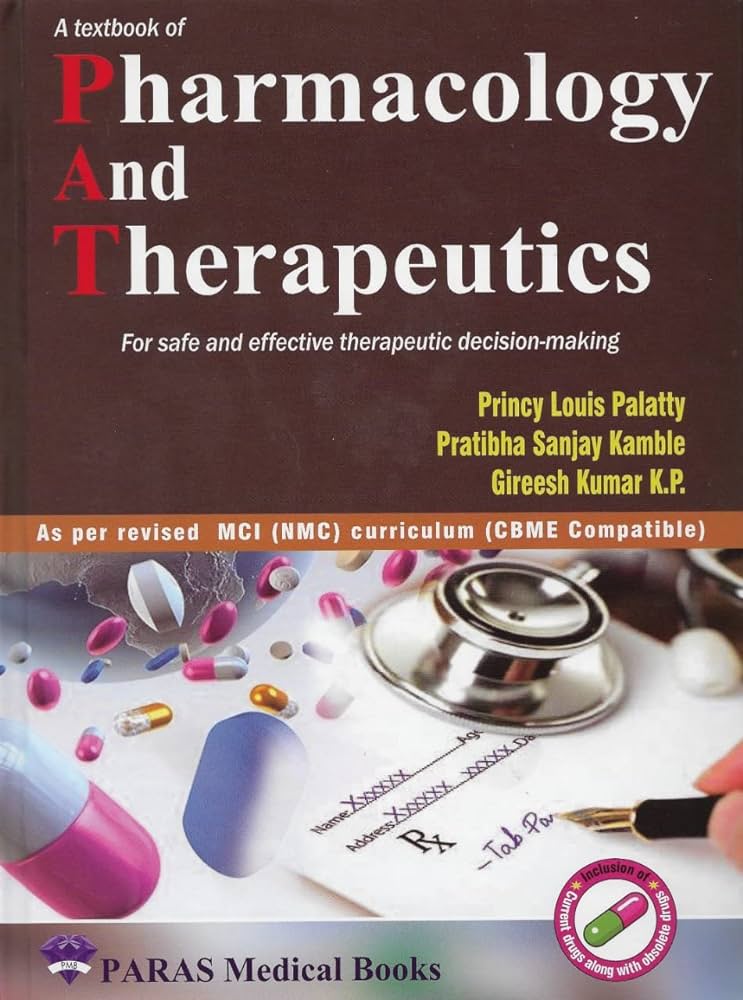Receptor dimers and biased ligands: Novel strategies for targeting G protein-coupled receptors
IF 12
1区 医学
Q1 PHARMACOLOGY & PHARMACY
引用次数: 0
Abstract
G protein-coupled receptors (GPCRs) are the largest superfamily of membrane receptors. They regulate physiological and pathological processes such as metabolic homeostasis, cell proliferation and differentiation, and the immune response, and are one of the most important classes of drug targets, being targeted by 30–40 % of marketed drugs. A growing number of studies continue to reveal the complexity of GPCRs, especially their ability to interact with each other to form higher-order structures such as homodimers and heterodimers, which have different functions than monomers, and are involved in disease development and progression. The existence of GPCR homodimers and heterodimers is opening up new directions in drug discovery and development to harness their therapeutic potential. Particularly striking is the ability of GPCR dimers to trigger unique biased signalling pathways, which exquisitely balance the relationship between therapeutic effects and side effects. By suppressing adverse reactions and enhancing beneficial drug effects, GPCR dimers provide an unprecedented opportunity to minimise side effects, maximise therapeutic efficacy and enhance safety. This review aims to highlight the latest research advances in GPCR dimerization and GPCR-biased signalling, focusing on the development of dimer-targeting and biased ligands as innovative drugs that will likely provide new strategies for treating GPCR-related diseases as well as a better understanding of drug design for compounds that target GPCRs. GPCRs will play an increasingly important role in precision medicine and personalised therapy, leading us towards a safer, more efficient and smarter pharmaceutical future.
受体二聚体和偏置配体:靶向G蛋白偶联受体的新策略。
G蛋白偶联受体(gpcr)是膜受体中最大的超家族。它们调节生理和病理过程,如代谢稳态、细胞增殖和分化以及免疫反应,是最重要的药物靶点之一,是30- 40% %上市药物的靶点。越来越多的研究不断揭示gpcr的复杂性,特别是它们相互作用形成高阶结构的能力,如同型二聚体和异源二聚体,它们具有不同于单体的功能,参与疾病的发生和进展。GPCR同源二聚体和异源二聚体的存在为利用其治疗潜力的药物发现和开发开辟了新的方向。特别引人注目的是GPCR二聚体触发独特的偏倚信号通路的能力,它巧妙地平衡了治疗效果和副作用之间的关系。通过抑制不良反应和增强有益的药物作用,GPCR二聚体提供了一个前所未有的机会,以尽量减少副作用,最大限度地提高治疗效果和提高安全性。本文综述了GPCR二聚体和GPCR偏态信号的最新研究进展,重点介绍了二聚体靶向和偏态配体作为创新药物的发展,这些药物可能为治疗GPCR相关疾病提供新的策略,以及更好地理解靶向GPCR化合物的药物设计。gpcr将在精准医疗和个性化治疗中发挥越来越重要的作用,引领我们走向更安全、更高效、更智能的制药未来。
本文章由计算机程序翻译,如有差异,请以英文原文为准。
求助全文
约1分钟内获得全文
求助全文
来源期刊
CiteScore
23.00
自引率
0.70%
发文量
222
审稿时长
90 days
期刊介绍:
Pharmacology & Therapeutics, in its 20th year, delivers lucid, critical, and authoritative reviews on current pharmacological topics.Articles, commissioned by the editor, follow specific author instructions.This journal maintains its scientific excellence and ranks among the top 10 most cited journals in pharmacology.

 求助内容:
求助内容: 应助结果提醒方式:
应助结果提醒方式:


